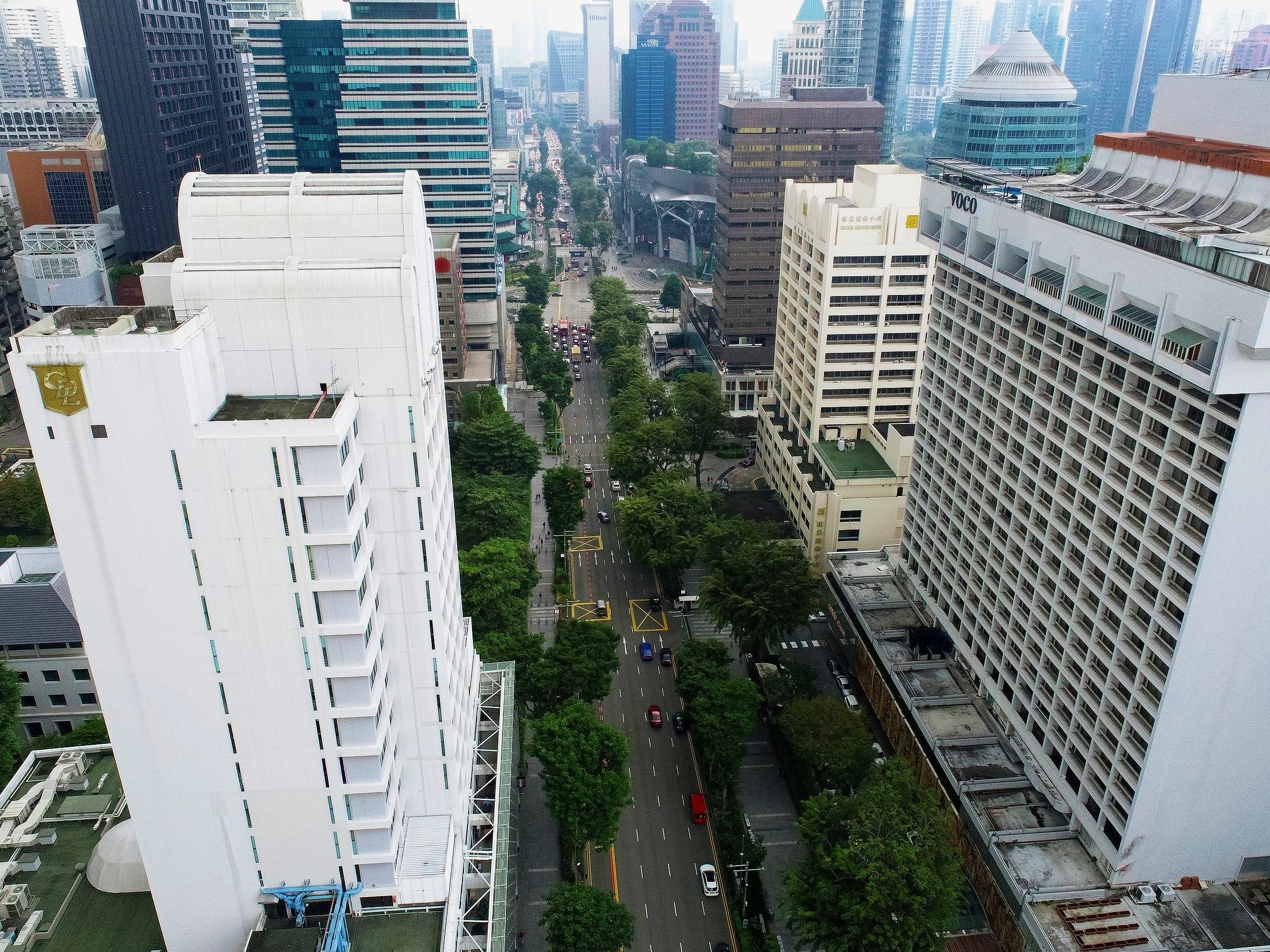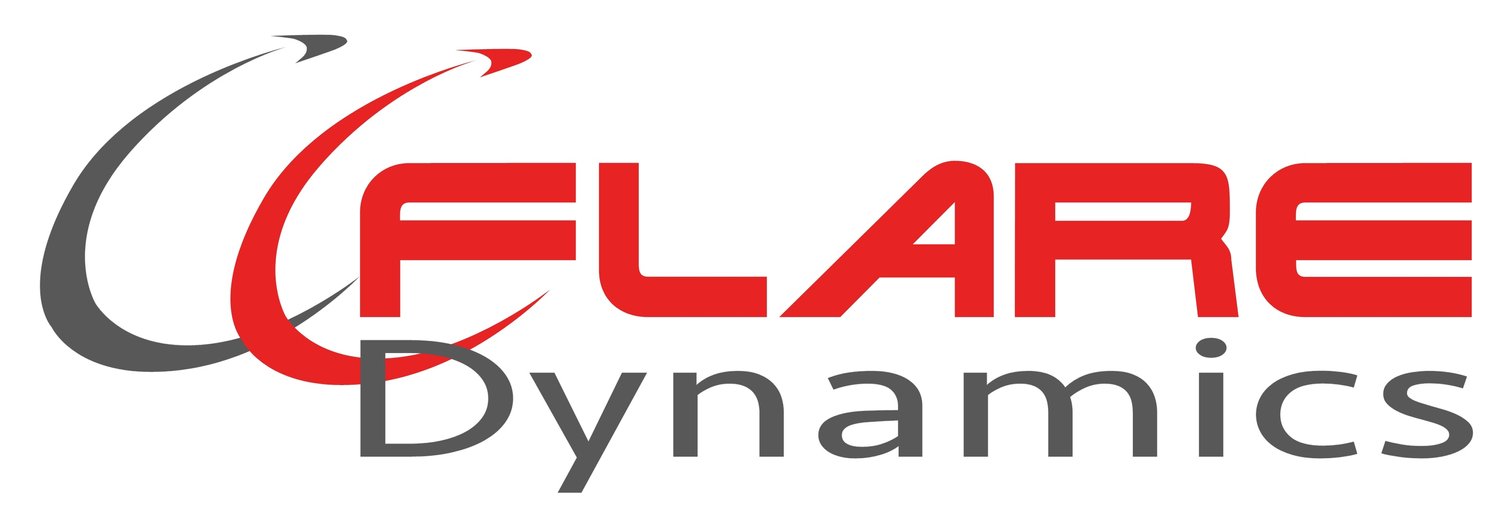Periodic Facade Inspection
Advantages:
Time Efficiency: Drones enable quick and efficient inspections, reducing the time and resources required compared to traditional manual methods.
Safety: Minimizes the need for manual inspection methods that might involve personnel working at heights, enhancing overall safety.
Data Accuracy: High-resolution imagery provides accurate and detailed data for analysis.
Data Delivery and Analysis:
Data Presentation: Inspection data, including images , are presented in a format that is easy to understand.
Analysis Report: Analysis reports highlighting findings, areas of concern, and recommendations for maintenance or repairs are provided for follow-on actions.
Regulatory Compliance:
Adherence to Regulations: The service ensures compliance with BCA building codes, safety regulations, and inspection standards.
Safer buildings: Routine inspections of the building facade is required and mandated to assess its condition, identify potential issues, and ensure structural integrity.
Equipment and Technology:
Specialized Drones: The service utilizes specialized drones equipped with high-resolution cameras and sensors capable of capturing detailed imagery.
Advanced Sensors: Drones may be equipped with sensors such as thermal cameras or LiDAR for enhanced data collection, enabling a thorough analysis.
Key Focus Areas:
Surface Defects: Identification of surface defects, such as cracks, spalling, or deterioration of materials.
Structural Integrity: Assessment of the structural components, including joints, supports, and connections.
Water Intrusion: Detection of signs of water damage or areas prone to water intrusion.
Material Wear: Monitoring the wear and tear of building materials over time.



